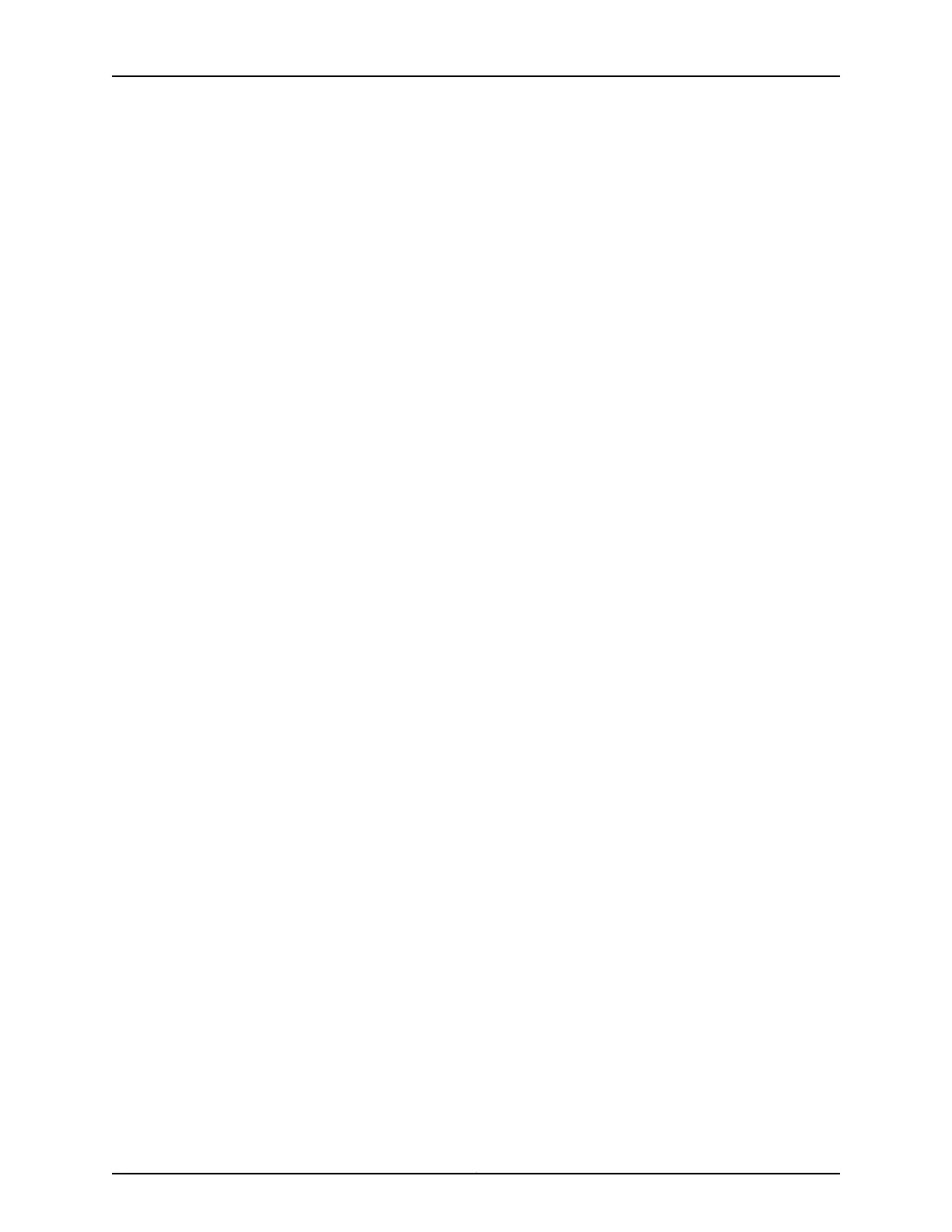Depending on the type of policer used, packets in a policed traffic flow that surpasses
the defined limits might be implicitly set to a higher PLP level, assigned to a configured
forwarding class or set to a configured PLP level (or both), or simply discarded. If packets
encounter downstream congestion, packets with a low PLP level are less likely to be
discarded than those with a medium-low, medium-high, or high PLP level.
Traffic Color Marking
Based on the particular set of traffic limits configured, a policer identifies a traffic flow
as belonging to one of either two or three categories that are similar to the colors of a
traffic light used to control automobile traffic.
•
Single-rate two-color—A two-color marking policer (or “policer” when used without
qualification) meters the traffic stream and classifies packets into two categories of
packet loss priority (PLP) according to a configured bandwidth and burst-size limit.
You can mark packets that exceed the bandwidth and burst-size limit in some way, or
simply discard them.
A policer is most useful for metering traffic at the port (physical interface) level.
•
Single-rate three-color—This type of policer is defined in RFC 2697, A Single Rate Three
Color Marker, as part of an assured forwarding (AF) per-hop-behavior (PHB)
classification system for a Differentiated Services (DiffServ) environment. This type
of policer meters traffic based on the configured committed information rate (CIR),
committed burst size (CBS), and the excess burst size (EBS). Traffic is marked as
belonging to one of three categories (green, yellow, or red) based on whether the
packets arriving are below the CBS (green), exceed the CBS (yellow) but not the EBS,
or exceed the EBS (red).
A single-rate three-color policer is most useful when a service is structured according
to packet length and not peak arrival rate.
•
Two-rate three-color—This type of policer is defined in RFC 2698, A Two Rate Three
Color Marker, as part of an assured forwarding (AF) per-hop-behavior (PHB)
classification system for a Differentiated Services (DiffServ) environment. This type
of policer meters traffic based on the configured CIR and peak information rate (PIR),
along with their associated burst sizes, the CBS and peak burst size (PBS). Traffic is
marked as belonging to one of three categories (green, yellow, or red) based on whether
the packets arriving are below the CIR (green), exceed the CIR (yellow) but not the
PIR, or exceed the PIR (red).
A two-rate three-color policer is most useful when a service is structured according to
arrival rates and not necessarily packet length.
Policer actions are implicit or explicit and vary by policer type. The term Implicit means
that Junos assigns the loss-priority automatically. Table 52 on page 911 describes the
policer actions.
Copyright © 2017, Juniper Networks, Inc.910
ACX Series Universal Access Router Configuration Guide

